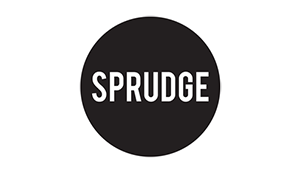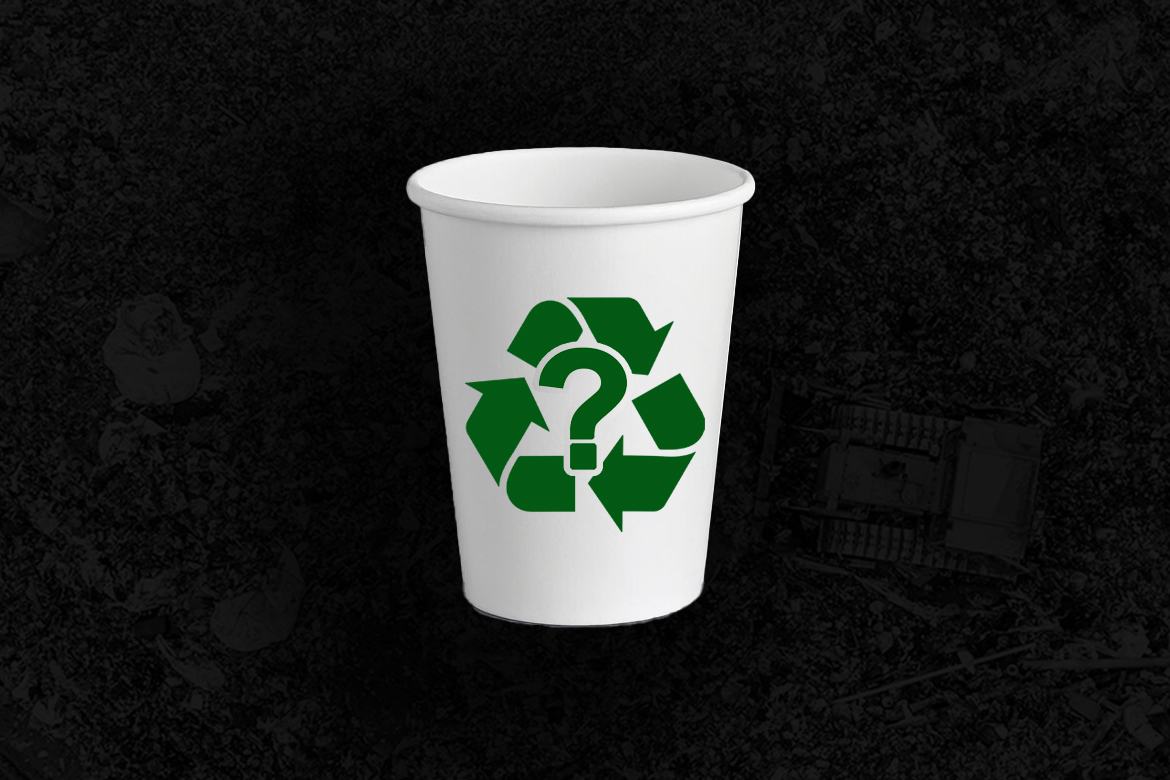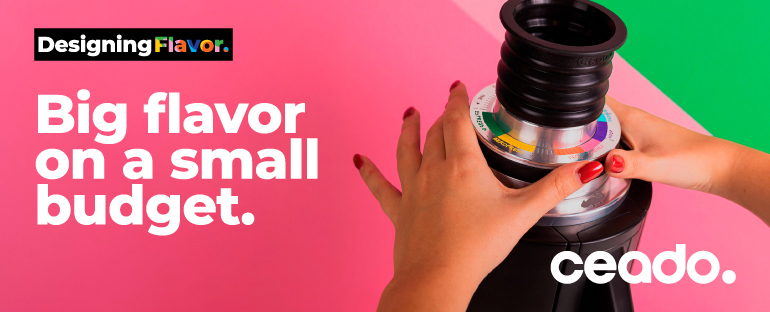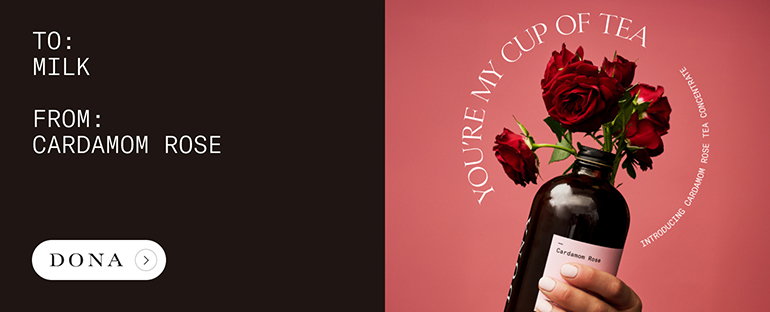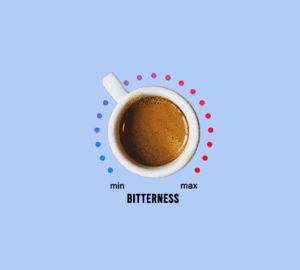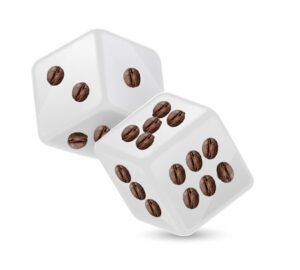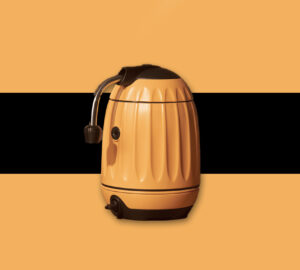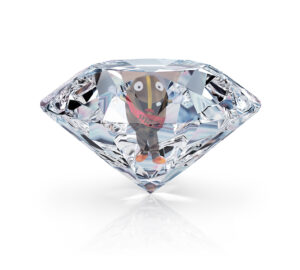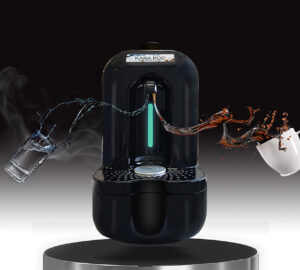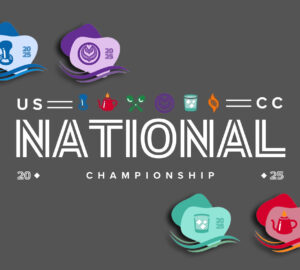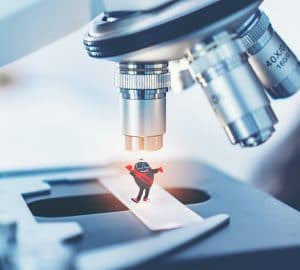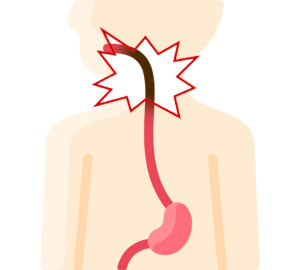In the eternal struggle to minimize coffee’s ecological impact, paper to-go cups have become the stopgap solution over single-use plastics. Paper is recyclable, the thinking goes, so while it’s not quite as good as switching to resuables—which would take significant buy-in from the consuming public at large—it’s at least better. Right? Maybe not. A new study finds that paper cups can be just as harmful to the environment as plastic cups.
As reported by Wired, the report by researchers from the University of Gothenburg in Sweden published in the most recent edition of the journal Environmental Pollution sought out to examine the impact of paper cups, specifically those that aren’t properly disposed of and end up in the wild. Past studies on the environmental impact of takeaway coffee cups has focused on things like plastic lids and polystyrene cups, with little research done on paper. But it turns out, due to the plastic lining that keeps paper cups from disintegrating when coming in contact with hot liquid, paper cups are not much better.
To test the toxicity of paper versus plastic to-go cups, both types of cups were placed in water or sediment for up to four weeks, to allow for leaching of any chemicals. Then, midge larvae—the wormlike form of young, small flies that are commonly used in toxicity tests—were added to each of the leached substances. Researchers found that the larvae’s development was stymied in both the sediment and the water, regardless of the source of the leaching.
Unfortunately, exactly what chemicals or combination thereof was undetermined. Because the makeup of substances used in cup lining is proprietary—and thus not disclosed—the research were not able to do any sort of chemical analysis to that end. Wired notes that cup makers use a variety of “processing aids, heat stabilizers, and other substances, many of which are known to be toxic.”
And recycling, the seemingly obvious solution to the problem paper cups pose, isn’t quite the cut-and-dry answer it would appear to be. Despite the fact that recycling has been around for a while now and people still simply don’t do it—currently only 4% of all paper cups are recycled in the UK, per Wired—even those cups that do make it to the recycle bin can be problematic. Removing the plastic coating from the cups can prove difficult for some recycling centers.
The study’s authors suggest ending the use of disposable cups, full stop. But the best material for those cups remains up for debate. Reusable plastic leaches, glass has a higher environmental footprint than plastic, stainless steel doesn’t retain heat well, even the glaze on ceramics can leach ever so slightly. Still, there are eco-friendly options, many of which we have reported on. There are terracotta cups, edible cups, even cups made of coffee husks. So until the best option or options present themselves, mindfulness on our part as consumers may be the answer. Bring your reusables, dispose of your paper cups properly. They may not be the objective best, but they are the best that we have at our proverbial disposal right now, and we certainly are far from maxing out their potential.
Zac Cadwalader is the managing editor at Sprudge Media Network and a staff writer based in Dallas. Read more Zac Cadwalader on Sprudge.
